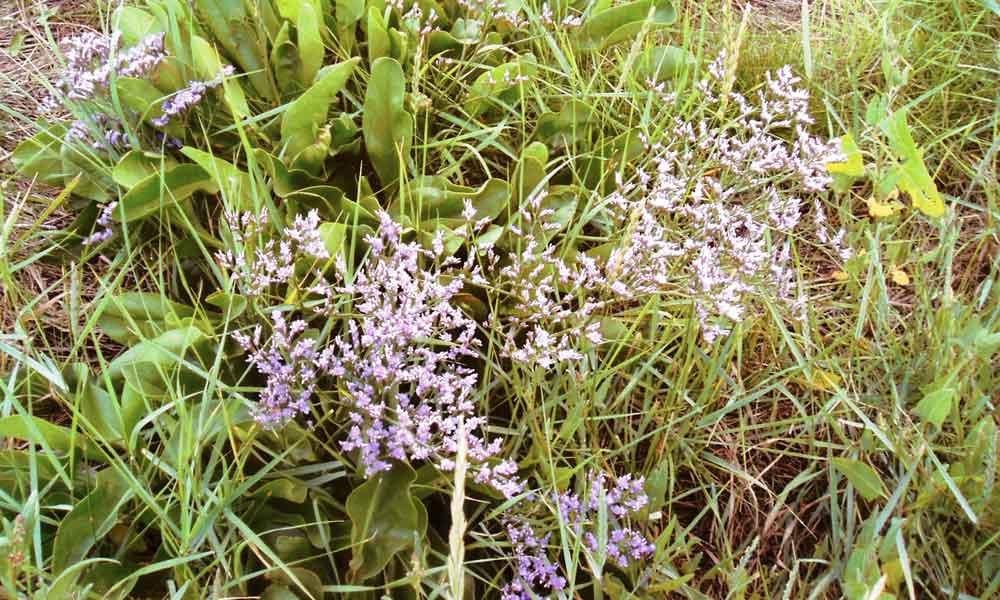Wyre Way
There are several footpaths and walks in the area. Why not try the Wyre Way? The Wyre Way is a 41 mile route following the River Wyre from its source in the Forest of Bowland to the sea at Knott End and Fleetwood. The walk guides the visitor along the River Wyre where stunning views of the Lancashire countryside are around every corner.
Using Wardley's Creek as a starting point take the quiet country lane to the hamlet of Staynall and turn left onto Staynall Lane which merges into Burrows Lane.
On reaching the top of Burrows Hill take a moment to appreciate the panoramic view of the estuary. Let your eyes take in the salt marshes and mudflats leading you towards the broad expanse of Morecambe Bay and the Lake District hills in the distance.
On descending Burrows Hill, Burrows Marsh and Barnaby's Sands nature reserves are to be found.
Barnaby's Sands & Burrows Marshes
Barnaby's Sands and Burrows Marshes carry the following conservation designations: SPA (Special Protection Area), SAC (Special Area of Conservation), RAMSAR (The Convention on Wetlands of International Importance) and SSSI (Site of Special Scientific Interest).
These sites contain the last extensive areas of ungrazed saltmarsh on the Lancashire coast. Linked in with the mudflats continuing all the way to Knott End, the marshes are important for wintering waders and wildfowl and provide a good day out for both the inexperienced and seasoned birdwatcher.
The most numerous of the waders is the Oystercatcher of which several thousand roost at Barnaby's Sands. Other shorebirds commonly found here in winter are Redshank, Knot, Curlew, Dunlin and Lapwing. Several pairs of Redshank, Lapwing and Oystercatcher also breed here.
During spring and autumn migration many other shorebird species can be found here including Spotted Redshank, Greenshank, Black Tailed Godwit, Whimbrel and Ringed Plover. Other birds commonly passing through the area include Wheatears and small flocks of White Wagtails. Less common passage migrants include Whinchat and Yellow Wagtail. Infrequently Kingfisher can be seen flying along the dykes.
Large numbers of wildfowl are present in winter with Wigeon and Teal being the most numerous. Pink-footed Geese regularly roost on the shore after feeding on the nearby farmland. Several pairs of Shelduck and the occasional Eider nest on the marshes. Red-breasted Merganser, Cormorant and Great Crested Grebe are regularly seen on the river.
Peregrine, Kestrel and Merlin hunt the marshes during the winter months and the occasional Short Eared Owl may be seen if pushed out by high tides. Other predators which can be seen from the coastal path include Buzzard, Sparrowhawk and Barn Owl.
Skylark, Meadow Pipit and Reed Bunting also breed on the reserve. In winter these are joined by a few Rock and Water Pipits. Usually Herons can be seen and in recent years one or two Little Egrets have been regular visitors.
For recent bird sightings and more information about birds and birdwatching locally visit www.fyldebirdclub.org .
Mammals that can be seen include roe deer, stoats and hares. Look out for the "Mad March" hares boxing in this hare hotspot.
The saltmarsh vegetation is comprised of Cord-grass, Sea-purslane, Sea-blite and Saltmarsh-grass. There is also some Sea Lavender and Lax-flowered Sea-lavender, Sea Aster and Sea Arrow-grass. This type of vegetation community is rare in Lancashire because many of the species are rapidly eliminated by grazing.

Arm Hill, part of Barnaby's Sands, is a glacial drumlin composed of boulder clay and covered with Gorse and acid grassland, providing a habitat for the rare Rock Sea-lavender found at only three other sites in the county. The shingle bank formed from the erosion of Arm Hill is home to Sea Wormwood, another rare plant.